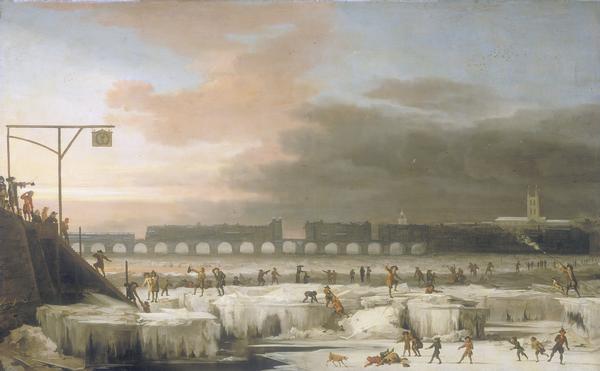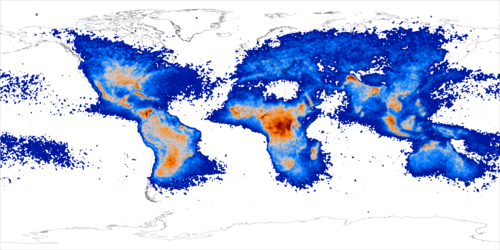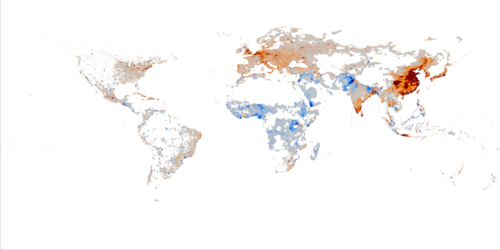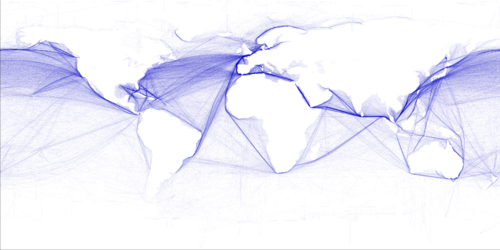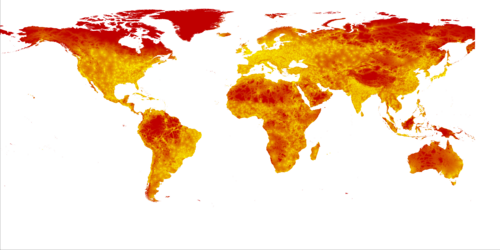Abrupt onset of the Little Ice Age triggered by volcanism and sustained by sea-ice/ocean feedbacksThe aerosol forcing argument is interesting as for a long time the Little Ice Age was hypothesized to be entirely the result of the above-mentioned "hemispheric summer insolation minimum," also known as the Maunder Minimum. Some recent work has argued that the decrease in solar activity wouldn't have been large enough to trigger substantial cooling, and this paper to a certain degree is an answer to that. That said, as with all paleoclimate work, this is essentially an attempt to engage in "forensic" climatology using proxy measures, and getting to answers with certainty is as difficult as it is in, say, archaeology.
Northern Hemisphere summer temperatures over the past 8000 years have been paced by the slow decrease in summer insolation resulting from the precession of the equinoxes. However, the causes of superposed century-scale cold summer anomalies, of which the Little Ice Age (LIA) is the most extreme, remain debated, largely because the natural forcings are either weak or, in the case of volcanism, short lived. Here we present precisely dated records of ice-cap growth from Arctic Canada and Iceland showing that LIA summer cold and ice growth began abruptly between 1275 and 1300 AD, followed by a substantial intensification 1430–1455 AD. Intervals of sudden ice growth coincide with two of the most volcanically perturbed half centuries of the past millennium. A transient climate model simulation shows that explosive volcanism produces abrupt summer cooling at these times, and that cold summers can be maintained by sea-ice/ocean feedbacks long after volcanic aerosols are removed. Our results suggest that the onset of the LIA can be linked to an unusual 50-year-long episode with four large sulfur-rich explosive eruptions, each with global sulfate loading >60 Tg. The persistence of cold summers is best explained by consequent sea-ice/ocean feedbacks during a hemispheric summer insolation minimum; large changes in solar irradiance are not required.
I should also note, since several readers have asked recently about geoengineering, that the cooling detailed here is mechanistically the same as using stratospheric sulfate aerosols to arrest anthropogenic climate change. The potential risks of doing so should be self-evident.
